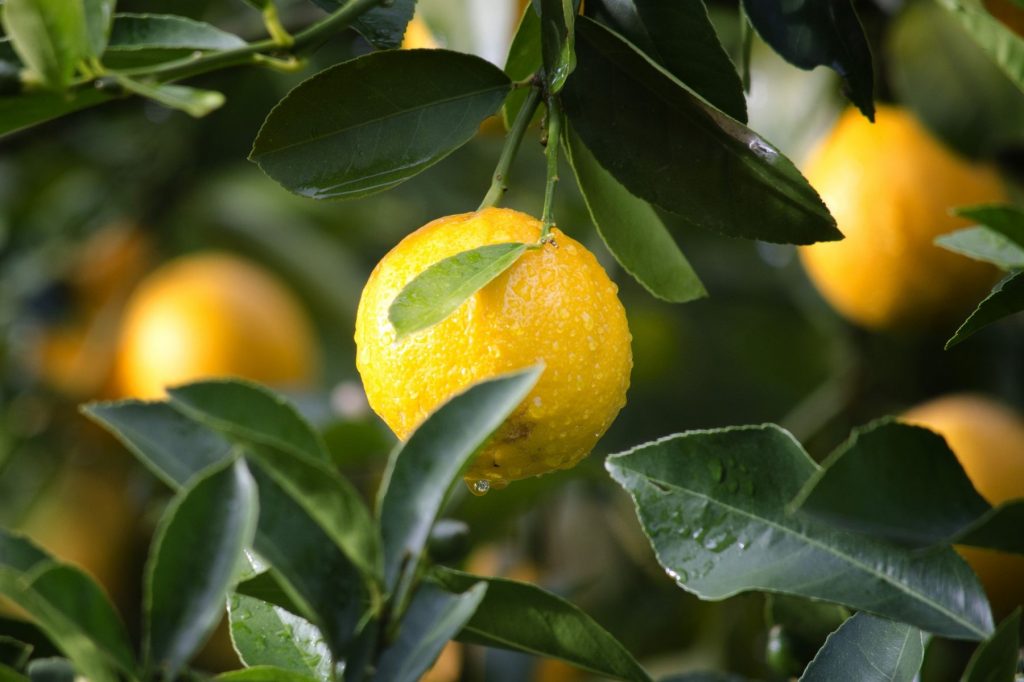The province of Salerno borders that of Naples and is home to both the Amalfi Coast and the Cilento Coast. With competition like that, it’s easy to see why the city itself can sometimes go virtually unnoticed. Yet it shouldn’t! This article will provide you with a plan for what to see in Salerno!
Arechi Castle
Let’s start our tour by going big! The breathtaking medieval castle of Arechi is situated about 300 meters above sea level and provides a spectacular view of the entire Gulf. Many scholars believe that there was a fort built on this strategic location in the late Roman period, but archaeological ruins have been dated back to the sixth century. The castle’s namesake is the Lombard Duke whose kingdom extended from Pavia to Benevento, Arechis II. The castle and its museum are open every day except Monday and tickets are modestly priced.
St. Matthew’s Cathedral
St. Matthew’s Cathedral dates back to 1076 and holds the crypt and relics of Saint Matthew the Apostle, Patron Saint of Salerno. His body was transported from Ethiopia where he died a martyr to Salerno passing through Paestum. The Cathedral was consecrated by Pope Gregory VII whose tomb is also housed inside. Various architectural styles are found here from Arabic-Roman to Romanesque to Neapolitan Baroque. Its Byzantine-style bronze doors were brought from Constantinople in 1099.
Medieval Aqueduct
Just below the Arechi Castle, you’ll see the Medieval Aqueduct which dates back to the ninth century. It was built to supply water to the Benedectine Monastery and later, also to the Convent of Piantanova. Said to have been built in a single night with the help of demons, it has inspired many myths over the centuries. Because Salerno was a real crossroads of cultures due to its location, another legend says that the four founders of the Schola Medica Salernitana met under the pointed arches.
Villa Comunale and Minerva Garden
The Villa Comunale or Municipal Gardens is a welcome respite as you’re touring the city. This lovely green area is full of monuments, water features, and even exotic plants. You’ll find plenty of benches and sometimes, even events. Beginning in mid-November of every year it also hosts the famous Luci d’Artista light display for the Holidays.
Another peaceful spot is Giardino della Minerva or Minerva Garden which is located in the historic center. There are over 200 different plant varieties and its lovely arches make for some great photo backdrops.
Trieste Lungomare
We certainly couldn’t leave out the coastline and no Italian coastal city would be complete without its “Lungomare”. The promenade of Salerno stretches for about two kilometers and includes several busy piazzas filled with shops, cafes, and restaurants. It’s a paradise for bike riders, walkers, or simply for a leisurely stroll with a gelato in hand.
Zaha Hadid Harbor Station
Inaugurated in 2016 shortly after the death of its architect Zaha Hadid, the unique design of the Maritime Station resembles an oyster. Not only is the structure itself impressive but the views are spectacular. You’ll see the Amalfi Coast and the Cilento Coast as well. The Station serves as part of the revitalization of the coastline and has drastically improved transport for both large cruise ships and smaller ferries.
Salerno’s Cuisine
No tour of an Italian city would be complete without some recommendations about what to eat! The region of Campania is particularly famous for its mozzarella di bufala cheese and more specific to Salerno, La Zizzona di Battipaglia (a larger version). Try the pizza Carmine which is a delicious combination of tomato, mozzarella, pancetta (smoked bacon), and basil. Of course, lemons are at the heart of the cuisine of the entire coast and you’ll find them served not only with desserts but also with savory dishes. Make sure to try the Delizia al Limone cake filled with lemon cream.
No matter what time of year you visit Salerno, you’ll find the climate to be very pleasant and even the winter months average around 14 C during the daytime.




